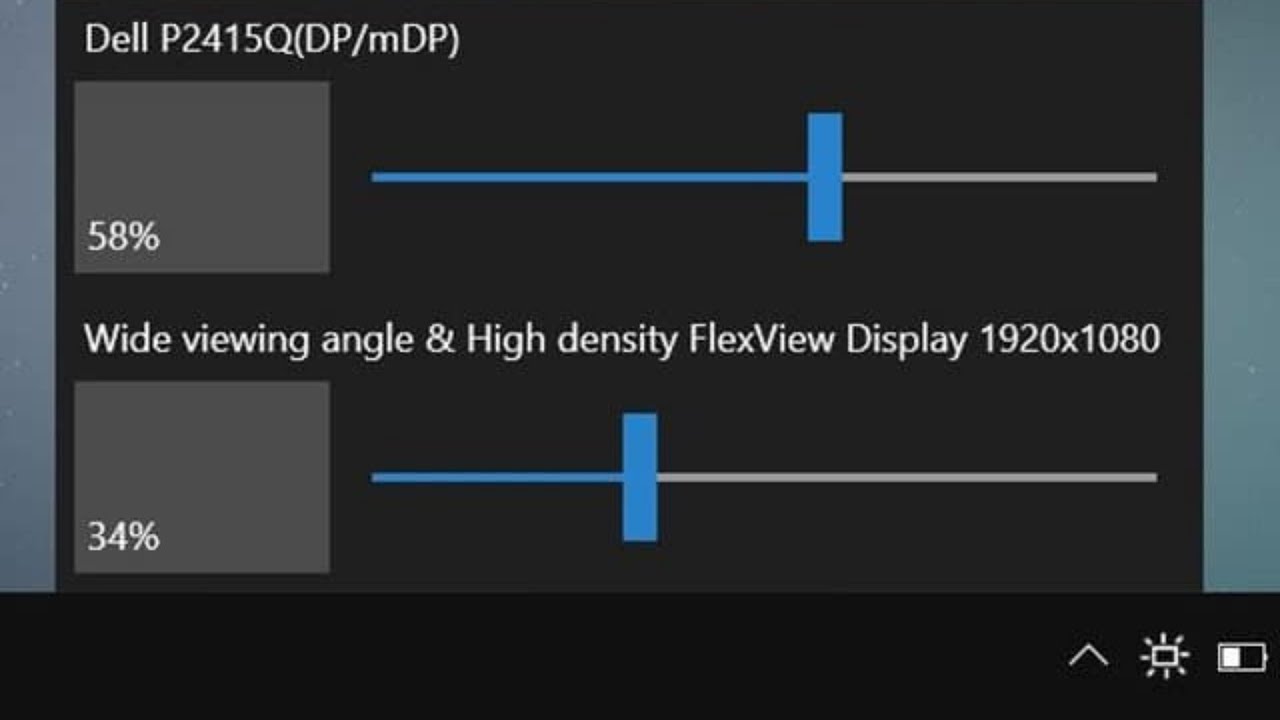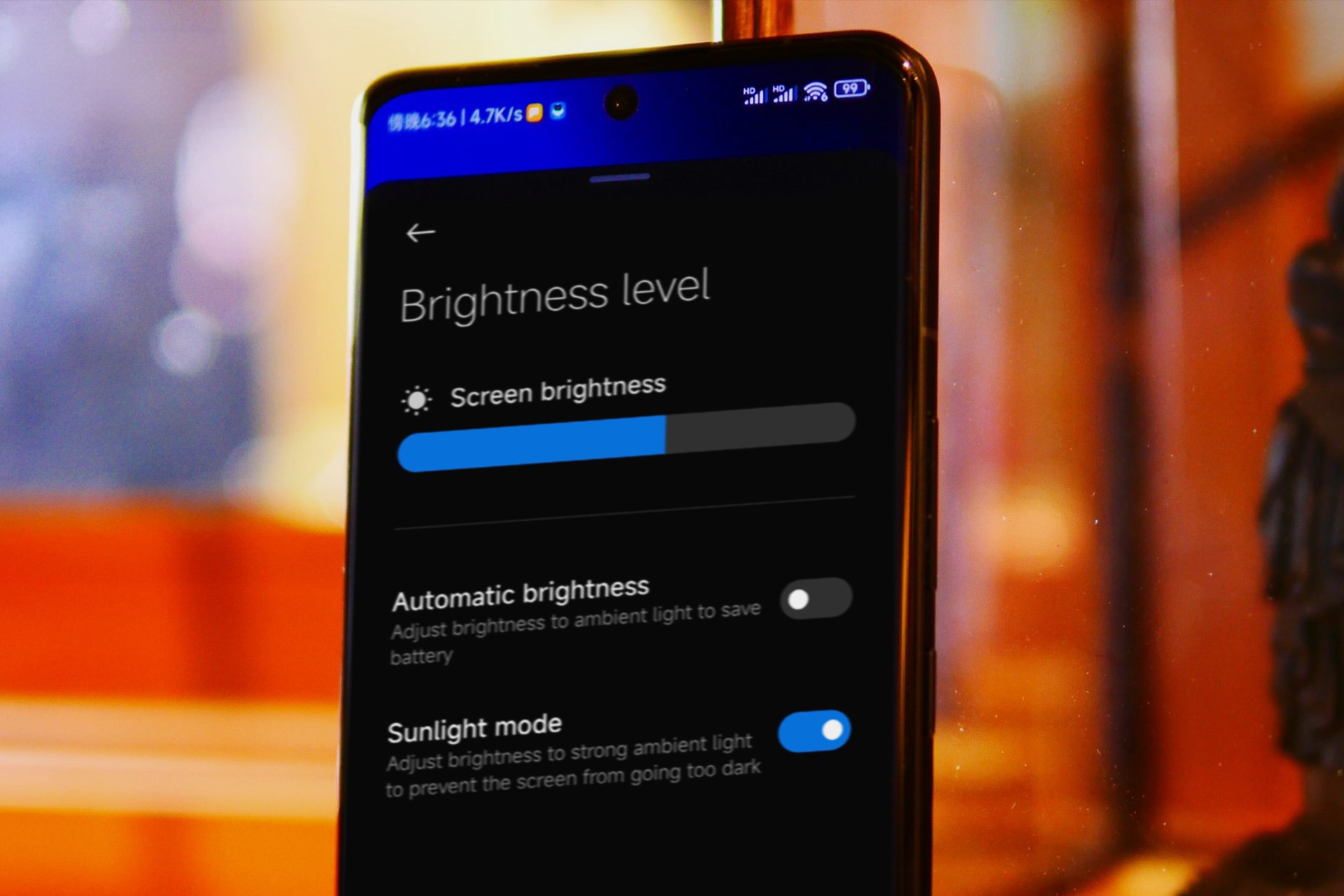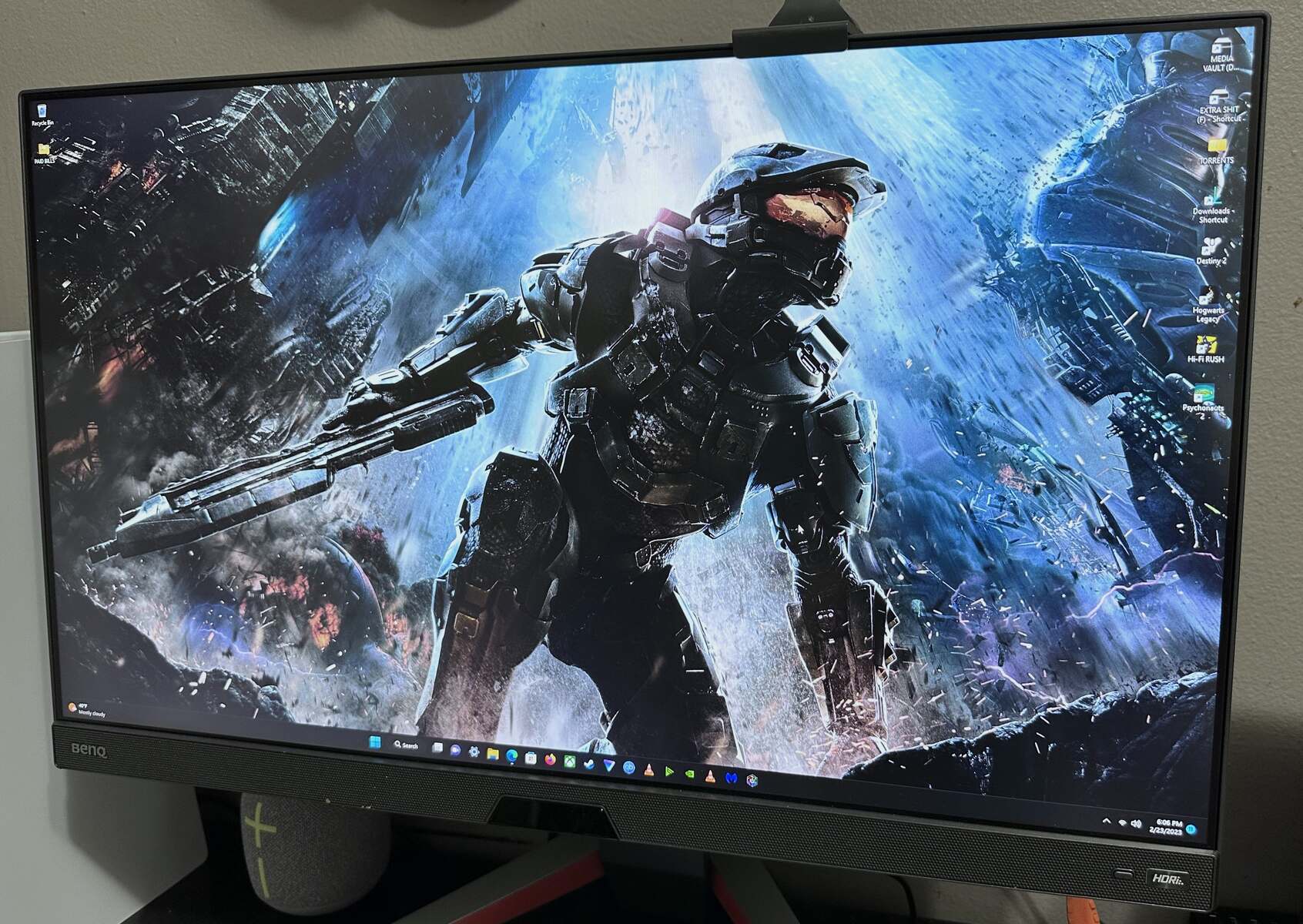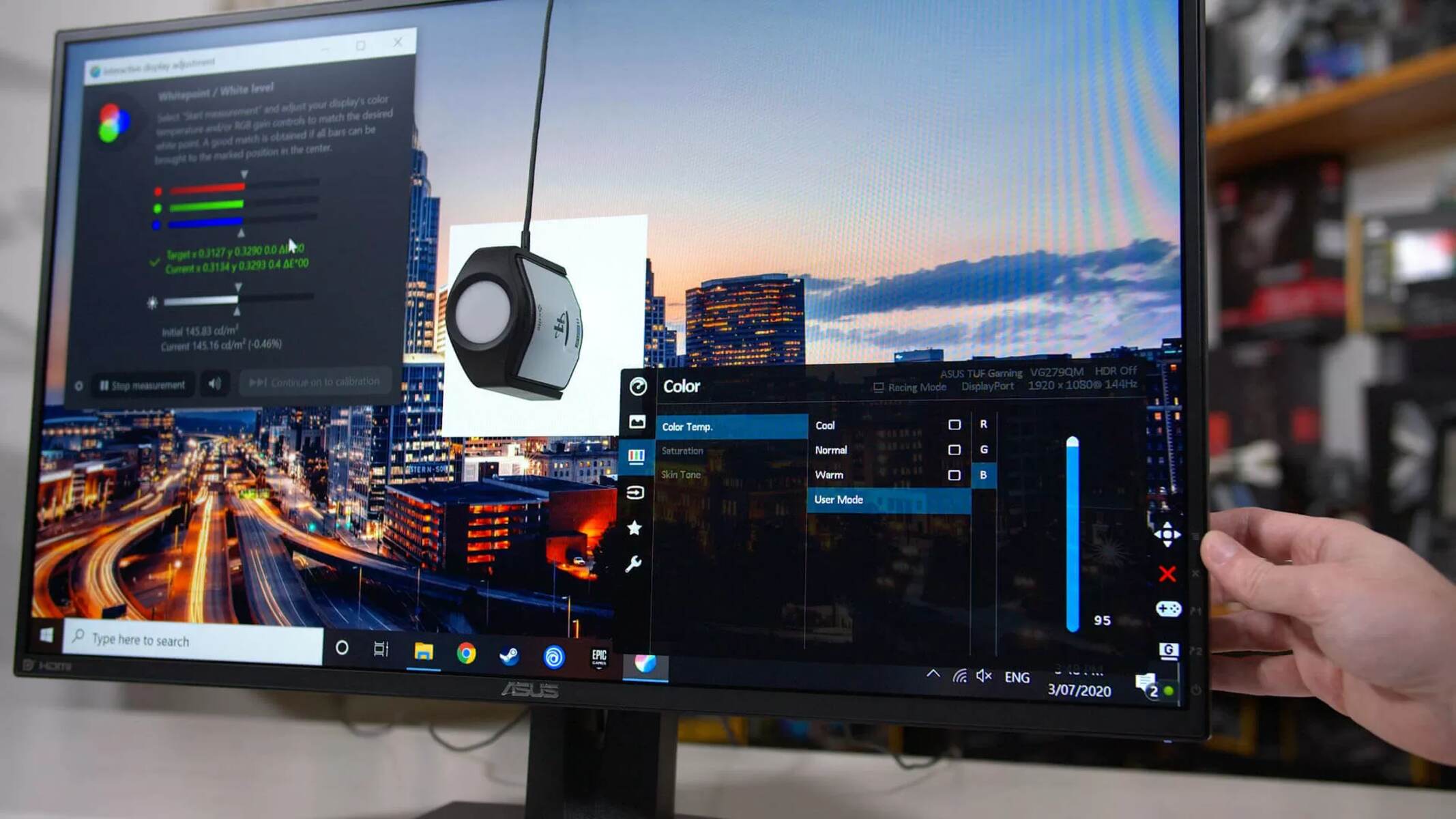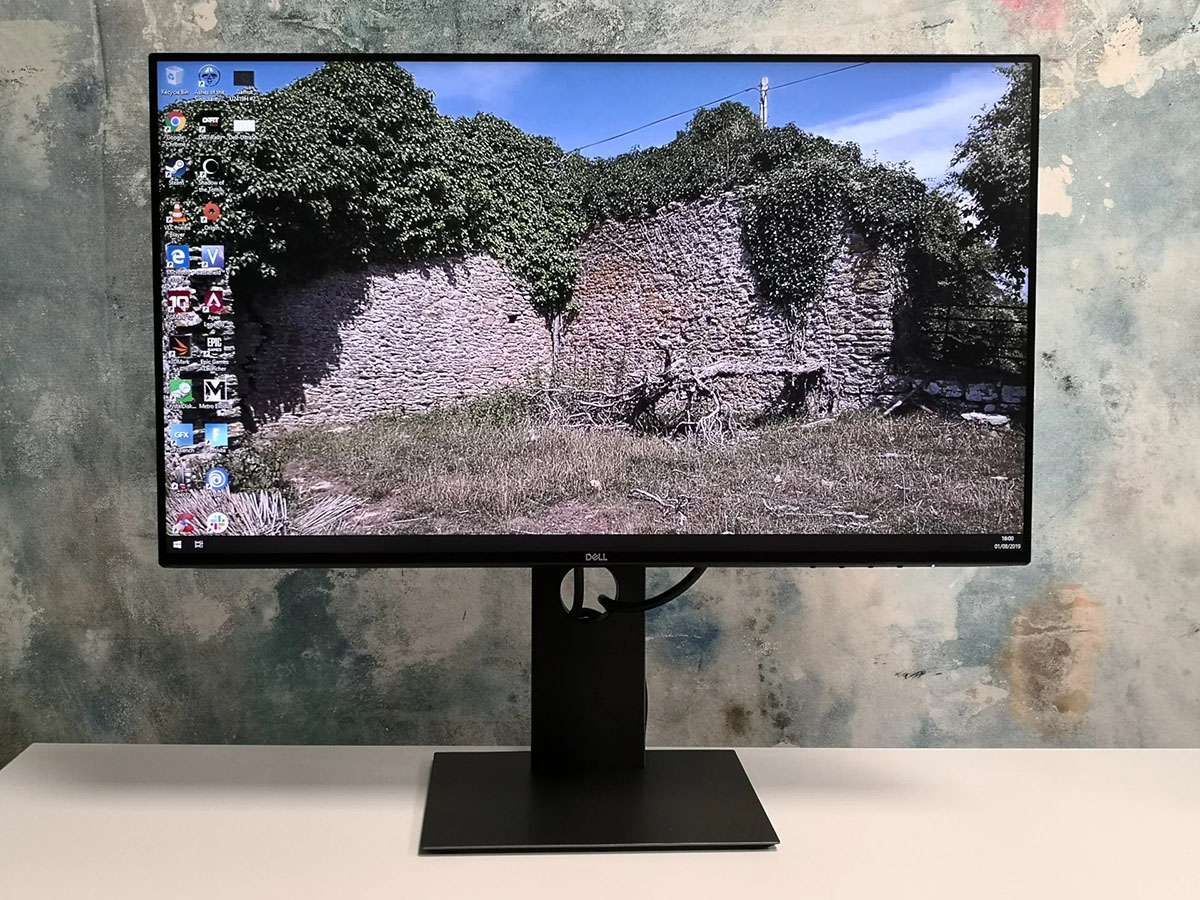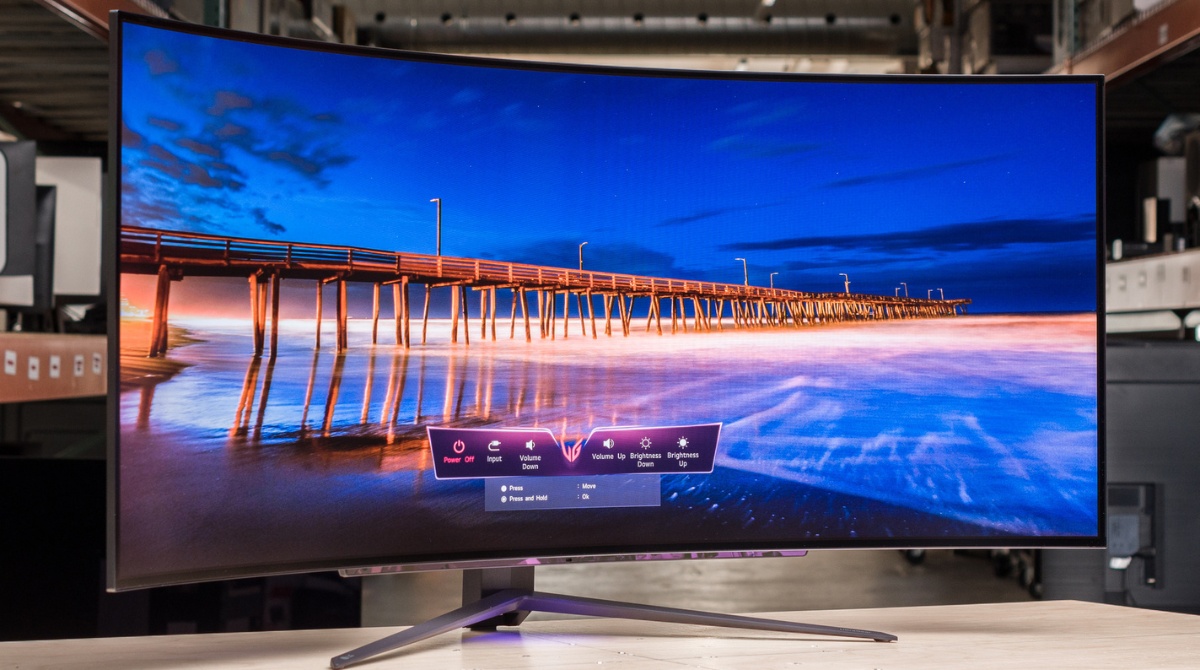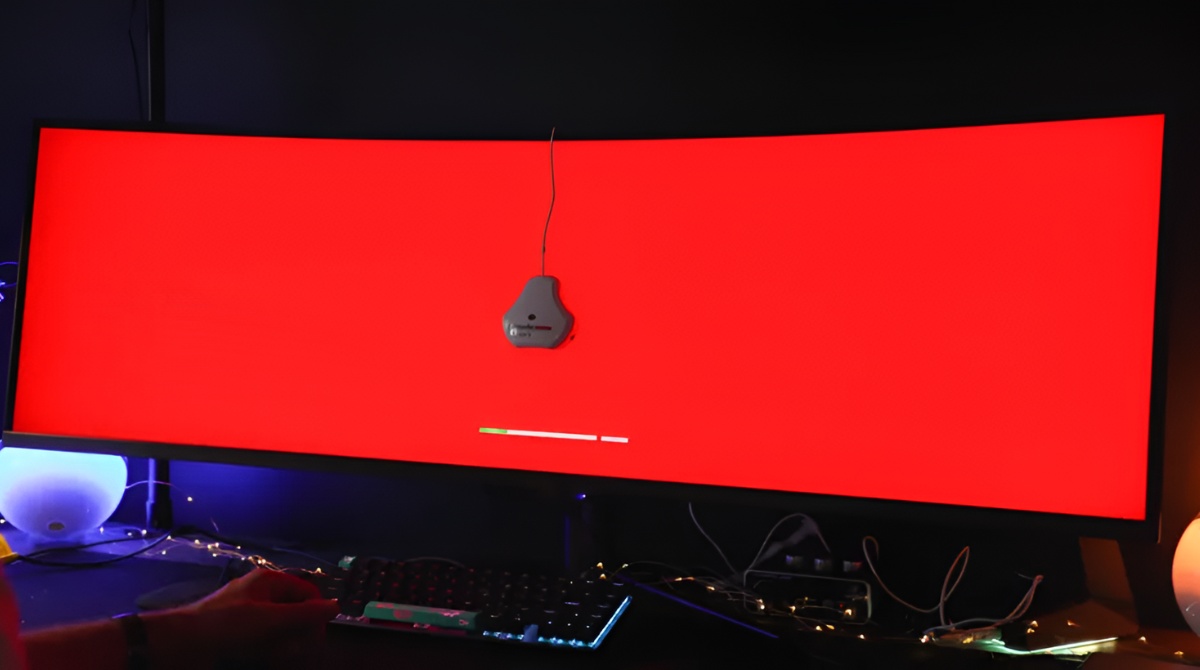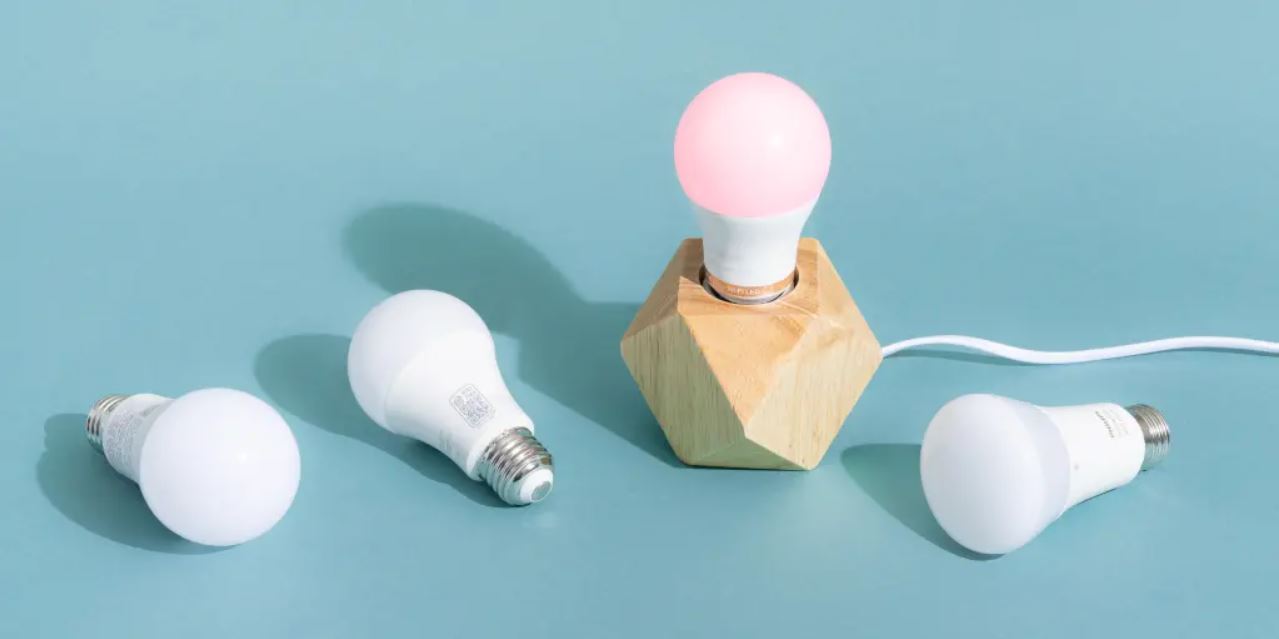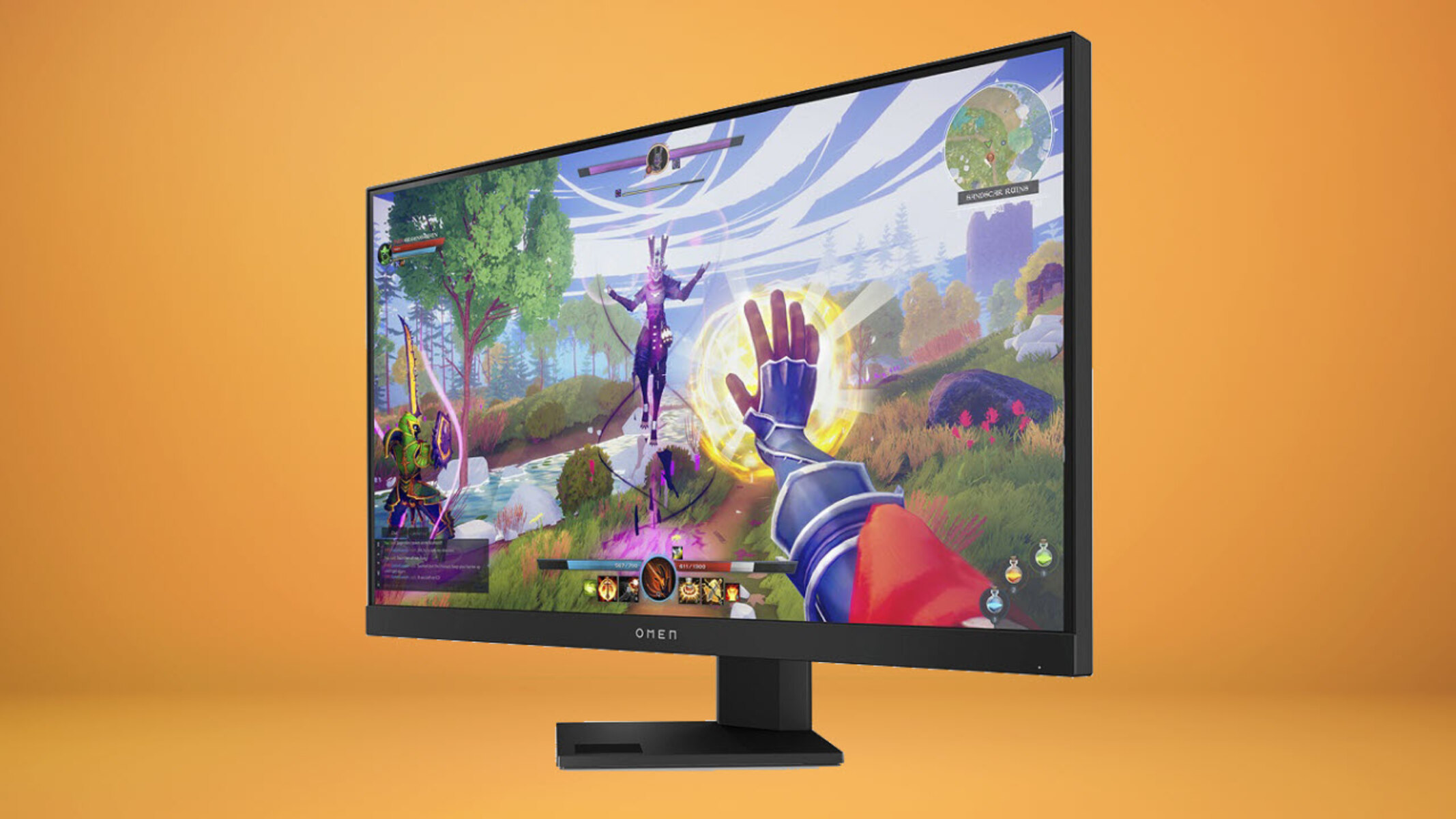Introduction
Managing the brightness on your monitor is essential for a comfortable viewing experience. Whether you’re working on a document, watching a movie or playing a game, adjusting the brightness can significantly impact your visual clarity and reduce eye strain. In this article, we will explore different methods to change the brightness on your monitor, covering Windows, Mac, and Linux operating systems.
Before delving into the specifics, let’s understand why controlling brightness is important. Your monitor’s brightness setting determines the intensity of the display’s backlight, which directly affects how bright the images appear on the screen. When the brightness is too high, it can cause eye fatigue and discomfort, especially in low-light environments. Conversely, if the brightness is too low, it can make the display difficult to read or view.
By adjusting the brightness to an optimal level, you can ensure that the content on your screen is clear and easy to view, while also reducing the strain on your eyes. So, let’s explore how you can change the brightness settings on different operating systems.
Understanding Brightness on Monitors
Before diving into adjusting the brightness on your monitor, it’s important to have a basic understanding of what brightness actually means in the context of display settings. Brightness refers to the intensity of the backlight illuminating the screen.
All monitors have a built-in backlight that provides the necessary light for the screen to display images and content. The brightness setting controls how much light the backlight emits. When you increase the brightness, the screen becomes brighter, making it easier to view in well-lit environments. Conversely, decreasing the brightness reduces the intensity of the backlight, resulting in a dimmer display.
It’s worth noting that brightness should be adjusted based on your surroundings and personal preference. In a brightly lit room, you may want to increase the brightness to improve the visibility of the content. On the other hand, in a darker or low-light environment, decreasing the brightness can reduce the strain on your eyes and provide a more comfortable viewing experience.
It’s also important to distinguish between brightness and contrast. While brightness controls the level of illumination, contrast determines the difference between the lightest and darkest areas of an image. Adjusting contrast can improve the distinction between various colors and shades.
Most modern monitors provide the option to adjust both brightness and contrast settings. While it’s common for monitors to have physical buttons or controls for adjusting these settings, most operating systems also offer software-based controls to make it even more convenient to customize the display.
Now that we have a better understanding of brightness and its role in monitor settings, let’s explore the steps to adjust the brightness on different operating systems, starting with Windows.
Adjusting Brightness on Windows
If you’re using a Windows operating system, there are multiple ways to adjust the brightness of your monitor. Here are a few methods you can try:
Method 1: Using the Keyboard Shortcut
Many laptops and some desktop keyboards have dedicated keys for adjusting screen brightness. Look for icons on your function keys (usually F1-F12) that resemble a sun or a light bulb. Pressing the ‘Fn’ key in combination with the brightness control key should increase or decrease the brightness levels.
Method 2: Using the Action Center
On Windows 10, you can access the Action Center by clicking on the notification icon in the system tray or by pressing the Windows key + A. In the Action Center, you’ll find a brightness slider that allows you to increase or decrease the brightness levels with a simple drag of the slider.
Method 3: Using the Display Settings
You can also adjust the brightness through the Display settings. Right-click anywhere on the desktop and select ‘Display settings.’ Scroll down to the ‘Brightness and color’ section, where you’ll find a slider to control the brightness. Drag the slider left or right to increase or decrease the brightness levels accordingly.
Method 4: Using Power Options
Another way to adjust the brightness is through the Power Options settings. Open the Control Panel and navigate to ‘Hardware and Sound’ and then ‘Power Options.’ Select the power plan that is currently active and click on ‘Change plan settings.’ From there, click on ‘Change advanced power settings’ and expand the ‘Display’ option. Adjust the brightness level by changing the percentage in the ‘Enable adaptive brightness’ setting.
Method 5: Using Graphics Card Software
If you have a dedicated graphics card installed in your system, you may have additional software specific to the card. Open the graphics card control panel and look for options related to display or color settings. You may find brightness controls within this software, allowing you to fine-tune the brightness to your preference.
With these methods, you can easily tweak the brightness settings on your Windows PC or laptop to achieve optimal viewing comfort. Now, let’s explore how to adjust the brightness on a Mac system.
Adjusting Brightness on Mac
If you’re using a Mac, adjusting the brightness of your monitor is a straightforward process. Here are the different methods you can use:
Method 1: Using the Keyboard Shortcut
Mac laptops and keyboards often have dedicated keys for adjusting screen brightness. Look for icons on the top row of your keyboard that represent the sun or light intensity. Pressing the ‘Brightness Up’ and ‘Brightness Down’ keys allows you to increase or decrease the brightness levels easily.
Method 2: Using the Display settings
On your Mac, click on the Apple menu in the top-left corner and select ‘System Preferences.’ In the System Preferences window, click on ‘Displays.’ Here, you’ll find a ‘Brightness’ slider. Move the slider to the left or right to adjust the brightness level according to your preference.
Method 3: Using the Control Center
If you’re using macOS Big Sur or later, you can access the Control Center by clicking on the Control Center icon in the menu bar or by swiping down from the top-right corner of the screen on a trackpad. In the Control Center, you’ll find a brightness slider that allows you to easily adjust the brightness levels by dragging the slider left or right.
With these simple methods, you can effortlessly change the brightness settings on your Mac and enhance your viewing experience. Next, let’s explore how to adjust the brightness on a Linux system.
Adjusting Brightness on Linux
Linux provides various options to adjust the brightness of your monitor, depending on the distribution and desktop environment you are using. Here are a few common methods:
Method 1: Using Keyboard Shortcuts
Similar to Windows and Mac, some Linux distributions and desktop environments have dedicated keyboard shortcuts for adjusting screen brightness. Look for function keys or combination keys (often Fn key + brightness control key) that allow you to increase or decrease the brightness levels directly from your keyboard.
Method 2: Using System Settings
You can typically adjust the brightness through the system settings of your Linux distribution. Navigate to the ‘Settings’ or ‘System Settings’ menu, and look for the ‘Display’ or ‘Brightness’ option. Here, you should find a slider or numerical input that allows you to change the brightness level.
Method 3: Using Brightness Controller Software
Depending on your Linux distribution, you may find dedicated software to control the brightness of your monitor. One such example is the ‘Brightness Controller’ application that enables you to adjust the brightness levels with more precision and flexibility. You can install this software using the package manager or by downloading it from the official website of your Linux distribution.
Method 4: Using Terminal Commands
If you prefer using the terminal, you can adjust the brightness using command-line tools such as ‘xrandr’ or ‘xbacklight.’ These tools allow you to control various display settings, including brightness. Simply open a terminal and enter the appropriate command with the desired brightness level to modify the screen brightness.
It’s important to note that the exact method and available options might differ based on the Linux distribution and desktop environment you are using. You can refer to the documentation or community forums specific to your distribution to find more detailed instructions on adjusting brightness.
Now that you’re familiar with different methods to adjust brightness on Linux, let’s move on to some general tips for optimizing monitor brightness.
Tips for Optimizing Monitor Brightness
Optimizing the brightness of your monitor can significantly enhance your viewing experience and reduce eye strain. Here are some valuable tips to help you achieve the optimal brightness:
1. Find the Right Balance: Adjust the brightness to a level that is comfortable for your eyes while also providing sufficient visibility of the content. Avoid setting it too high or too low, as extreme brightness settings can strain your eyes or make the display difficult to read.
2. Consider Ambient Lighting: Take into account the lighting conditions of your environment. In well-lit areas, you may need to increase the brightness to counter the ambient light. In darker environments, decrease the brightness to avoid eye strain and prevent the screen from overpowering the surrounding darkness.
3. Night Mode or Dark Mode: Many operating systems and applications offer a night mode or dark mode option, which reduces the amount of bright light emitted from the screen by using darker color schemes. Enabling this feature can be especially helpful when using your computer in low-light conditions or during nighttime hours.
4. Adjust Contrast and Sharpness: Experiment with contrast and sharpness settings along with brightness. Finding the right balance among these parameters can further enhance the clarity and detail of the images displayed on your monitor.
5. Regular Breaks: Regardless of the brightness level, staring at a screen for a prolonged period can lead to eye strain. Remember to take regular breaks and give your eyes a rest. Follow the 20-20-20 rule, which suggests looking at least 20 feet away for 20 seconds every 20 minutes.
6. Use Blue Light Filters: Consider using blue light filters or applications that reduce the amount of blue light emitted by your monitor. Blue light can disrupt sleep patterns and cause eye fatigue. By reducing the blue light, you can promote better sleep and reduce strain on your eyes.
7. Calibrate Your Monitor: If you require precise color representation, consider calibrating your monitor. Monitor calibration ensures accurate color reproduction, brightness, and contrast levels, resulting in a more consistent and visually pleasing experience.
By following these tips, you can optimize the brightness of your monitor to suit your preferences and create a comfortable viewing environment. Now that we’ve covered various methods to adjust brightness and shared these valuable tips, you can enjoy an improved visual experience with reduced eye fatigue.
Conclusion
Managing and adjusting the brightness of your monitor is crucial for a comfortable and enjoyable viewing experience. The brightness setting determines the intensity of the backlight, directly impacting how bright the images appear on the screen. By finding the right balance of brightness, you can enhance visual clarity, reduce eye strain, and optimize your overall viewing experience.
In this article, we explored different methods to adjust brightness on various operating systems. For Windows users, we discussed using keyboard shortcuts, the Action Center, display settings, power options, and graphics card software. Mac users can easily adjust brightness through keyboard shortcuts, display settings, and the Control Center. Linux users have options such as keyboard shortcuts, system settings, brightness controller software, and terminal commands to adjust screen brightness.
Additionally, we provided valuable tips for optimizing the brightness of your monitor, such as finding the right balance, considering ambient lighting, using night or dark mode, adjusting contrast and sharpness, taking regular breaks, using blue light filters, and calibrating your monitor for precise color representation.
Remember, the ideal brightness level may vary depending on your surroundings and personal preference. It’s essential to experiment and find the setting that feels comfortable to your eyes and provides adequate visibility of the content on your screen.
By following the methods and tips discussed in this article, you can tailor the brightness of your monitor to suit your needs, creating a visually pleasing and comfortable viewing environment. Prioritizing your eye health and taking steps to reduce eye strain while using your computer or laptop is key to long-term visual well-being.
So go ahead, adjust the brightness of your monitor and enjoy a more vibrant and comfortable visual experience!







